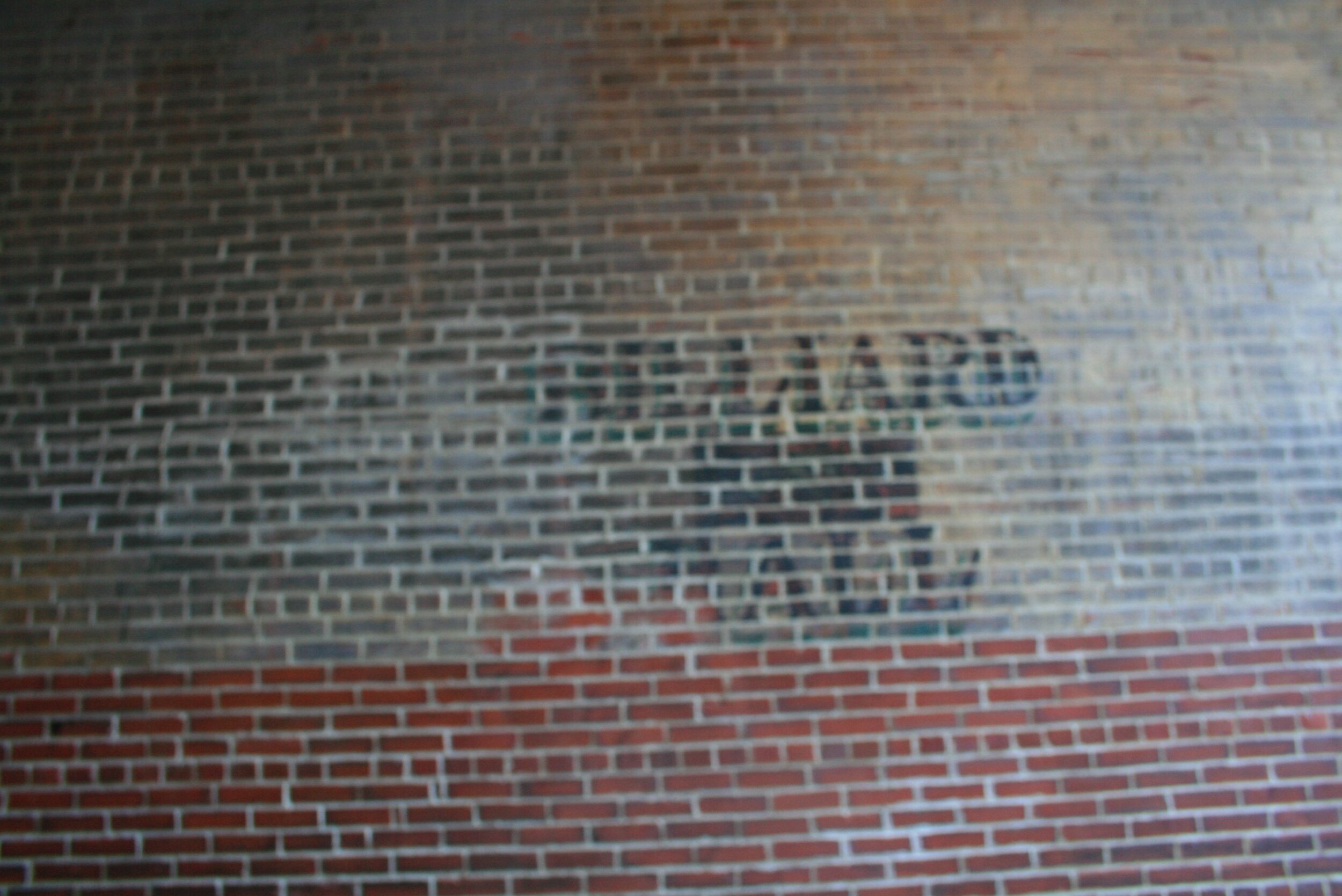It is a busy meeting week in Portland! There will be a City Council workshop on Wednesday to set goals for the Council in 2021. There will also be Planning Board, Historic Preservation Board, and Public Art meetings this wek. Read on to learn more about the projects that are expected to be discussed this week:
Portland Planning Board meeting - Tuesday, December 15th @6PM
A rendering of the redeveloped hospital building from Spring Street.
The redevelopment of 148 State Street, the current Mercy Hospital building, will be on the agenda at Tuesday’s meeting. The planning board will hold a public hearing on a proposal to rezone the hospital parcels from R6 to B3, a zone change that would accommodate denser housing on the site and some small scale commercial uses in the lower floors of the existing hospital building that would be challenging to reuse as residential. The rezoning request by the applicant was expanded at the request of city staff to include the mostly non-residential buildings on the opposite side of State Street, including St. Luke’s Church, the State Street Church, and Landmarks’ former offices at 165 State Street. Below is Landmarks’ statement for the public hearing on Tuesday.
Mercy Hospital's history began in 1918 during the Spanish Flu pandemic. Tonight, over 100 years later in the midst of yet another pandemic, we are discussing the redevelopment of the iconic hospital building on State Street built by the Sisters of Mercy during World War II from 1941-1943. Greater Portland Landmarks is pleased to support the redevelopment of the Mercy Hospital parcels and the proposed rezoning, which we believe will bring new life to the two historic buildings and provide much needed new housing and care facility beds in Portland. The proposed redevelopment project is an excellent example of how historic districts and buildings can accommodate new housing, particularly affordable housing. The proposed rezoning will also provide greater flexibility for the reuse of other non-residential historic buildings on State Street if they too should need to be redeveloped sometime in the future.
The rezoning of the Mercy Hospital parcels is only the first step in the process of the site's redevelopment. We are hopeful, given the renderings thus far, that the proposed new construction and site features will be designed to knit together the fabric of the neighborhood along Winter, Gray, and State Streets. Street trees, building details, and pedestrian transitions between the sidewalk and buildings entrances will be important design elements to consider as the site is developed so that the new buildings will fit within the context of the historic neighborhood. We look forward to the project progressing through the Historic Preservation Board and Site Plan Reviews and to its successful redevelopment as Mercy Hospital consolidates its functions to its Fore River campus. - Greater Portland Landmarks 12/15/2020
Join the zoom meeting or contact the Planning Board at planning@portlandmaine.gov
Portland Historic Preservation Board Meeting - Wednesday, December 16th at 5PM
There are three items on the Board’s agenda this week. The Westin Hotel on High Street, the hotel under construction at 1 Center Street and the building at 110 Exchange Street are all proposing rooftop additions.
A proposed new residential unit atop the building at 110 Exchange Street.
A proposed deck on the rooftop of the Westin Hotel.
Portland Public Art Meeting - Wednesday, December 16th at 4PM
The Public Art Committee is expected to discuss the final renderings of the Congress Square Plaza public art piece and the status of the process of the Bramhall Square redesign. While no images were included with the agenda, if any are posted during the meeting, we will update the blog and share them with you!





























